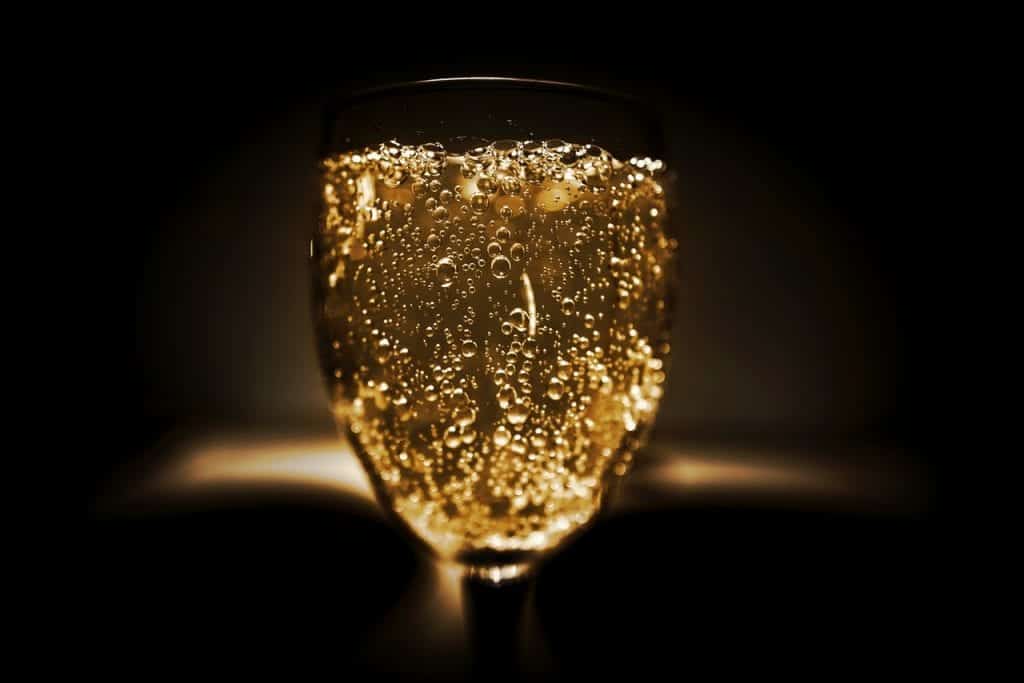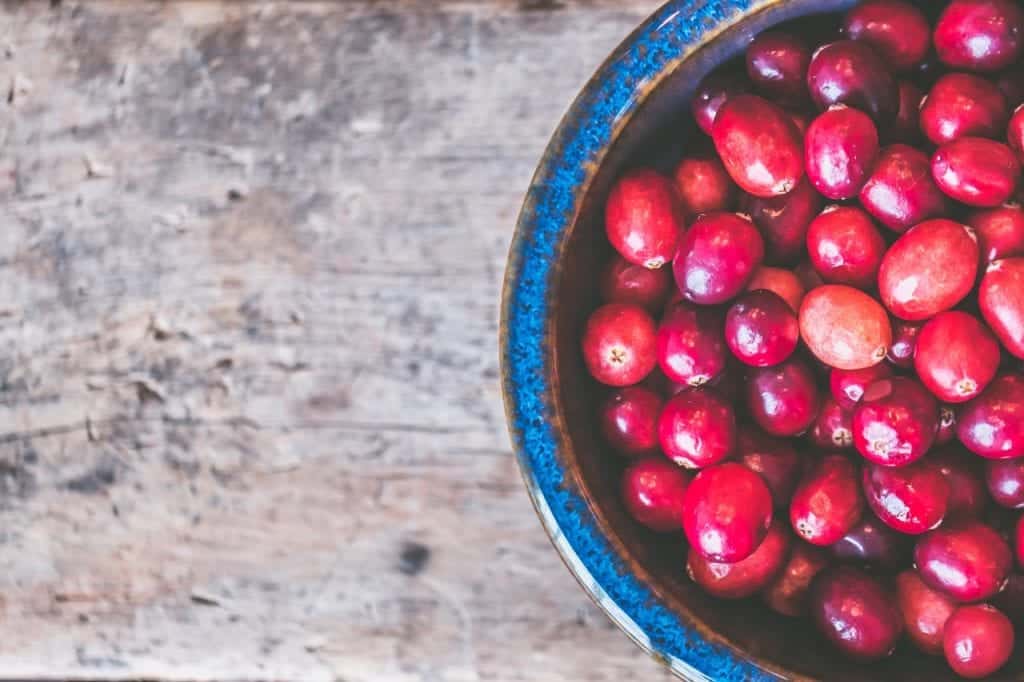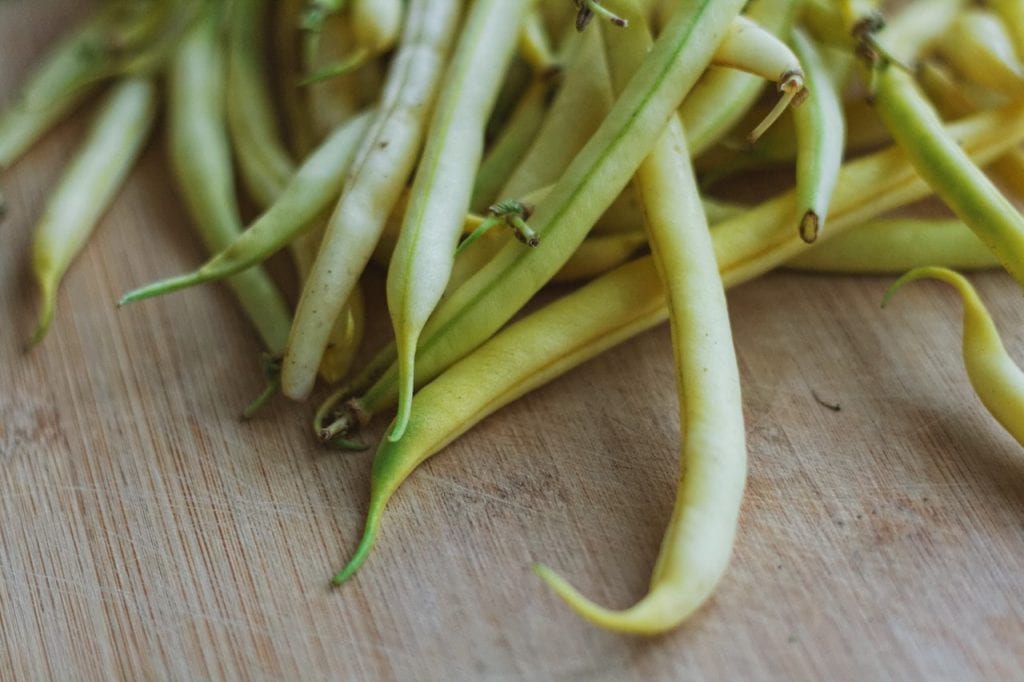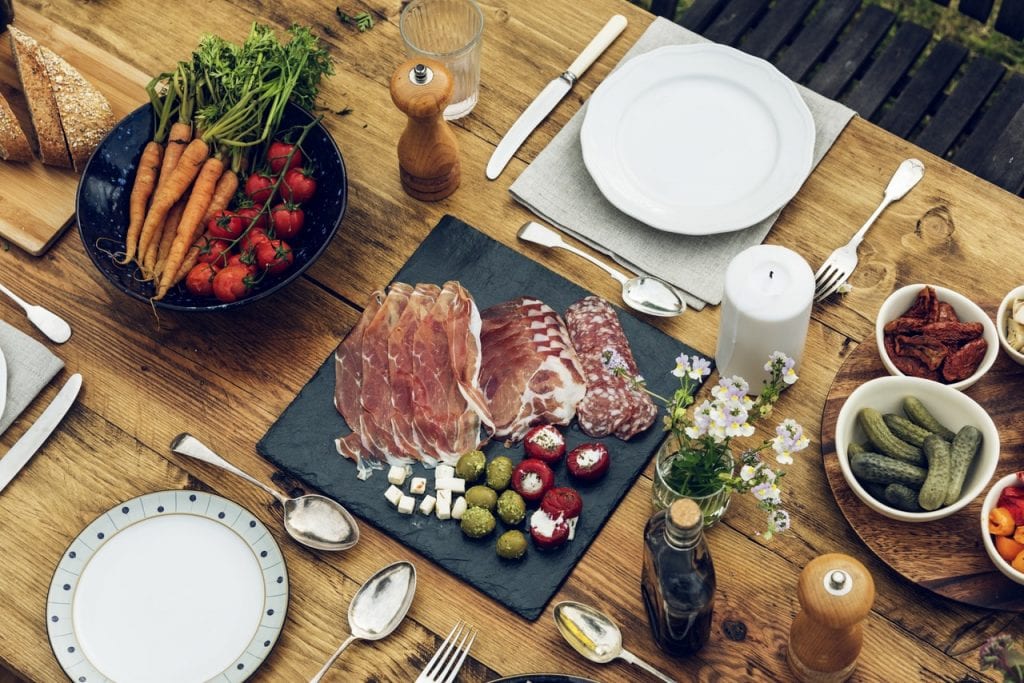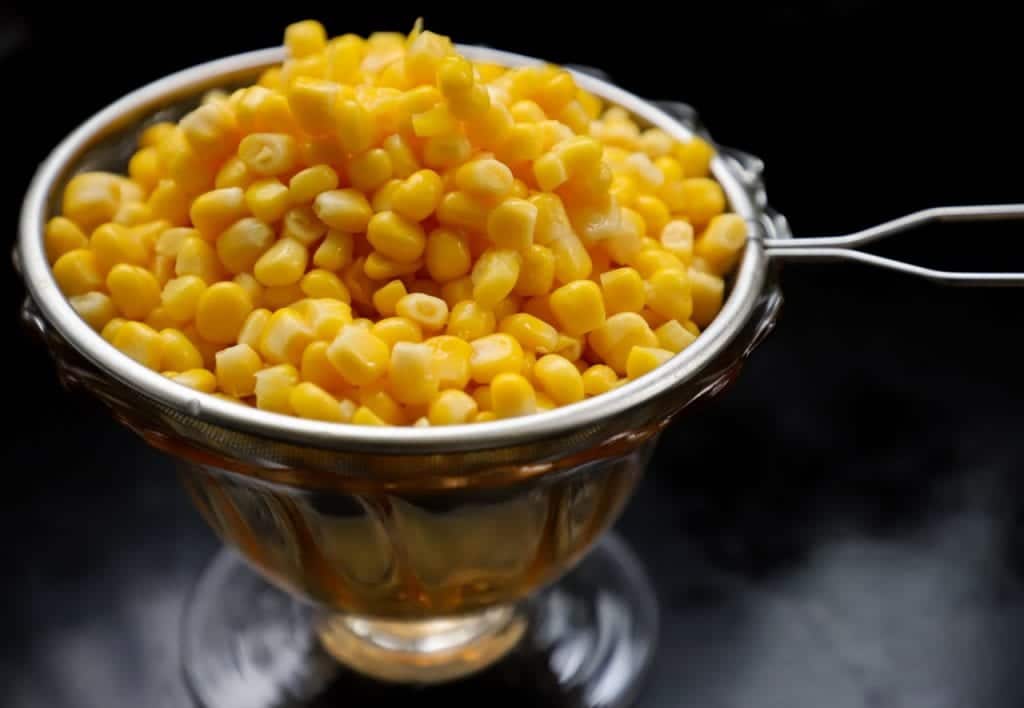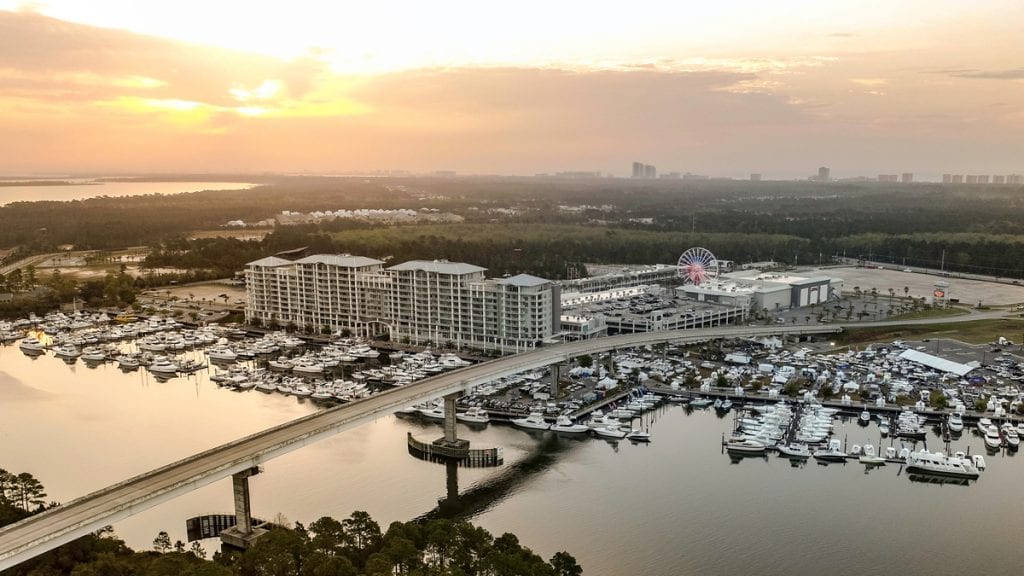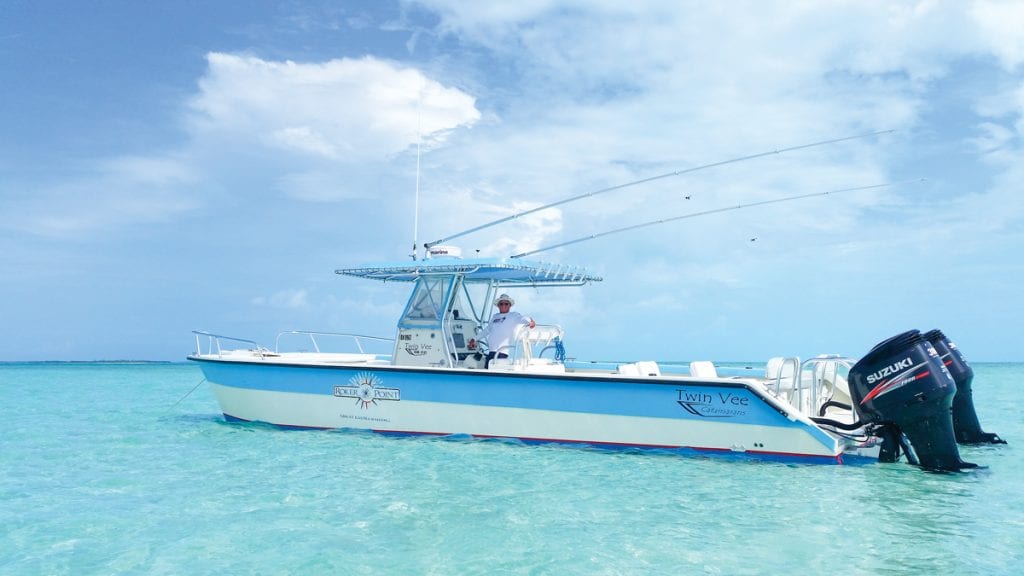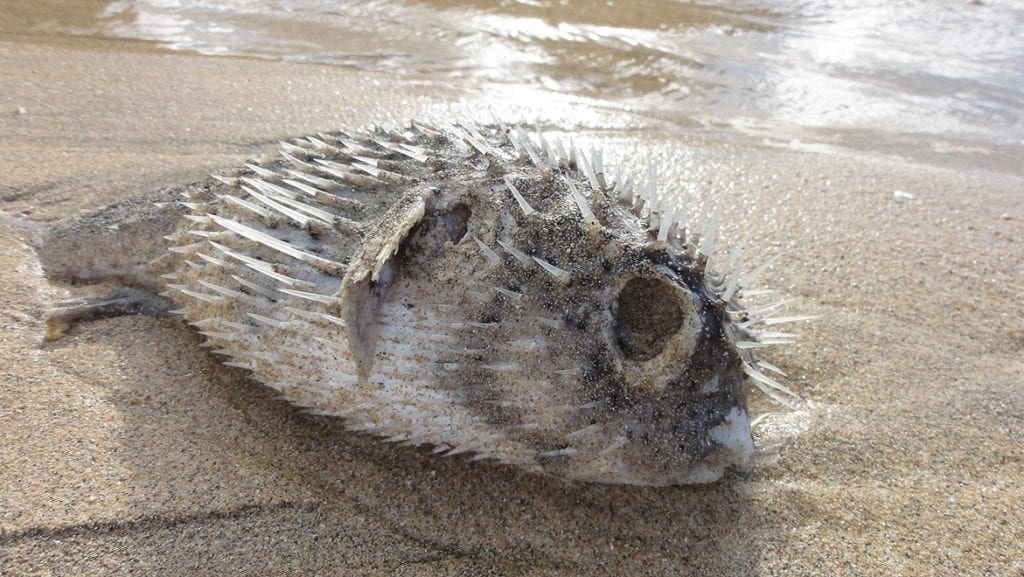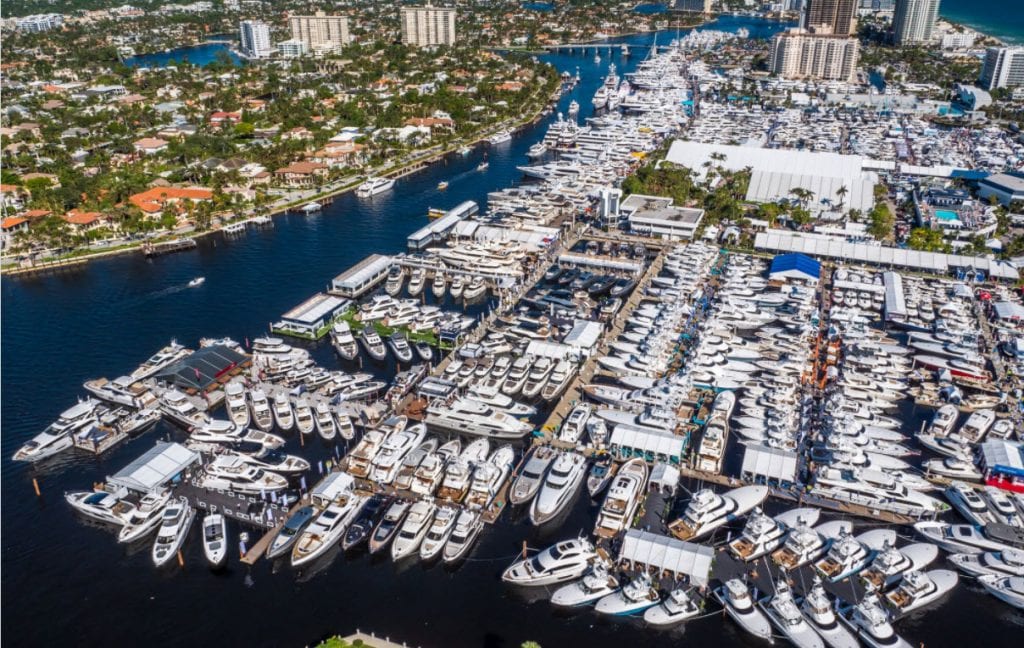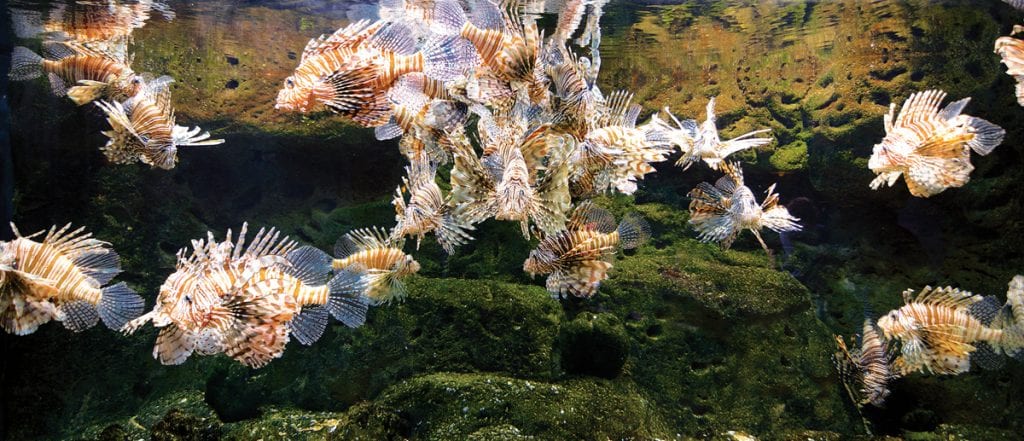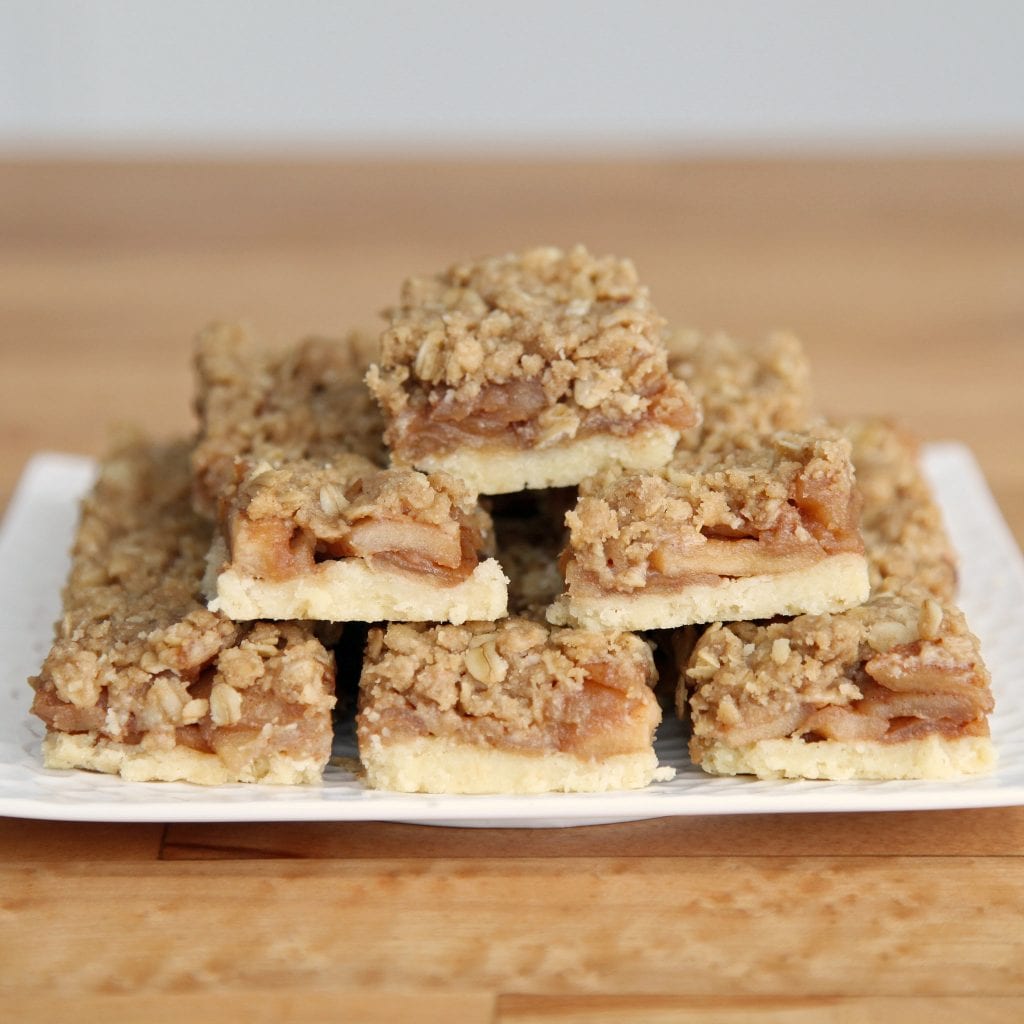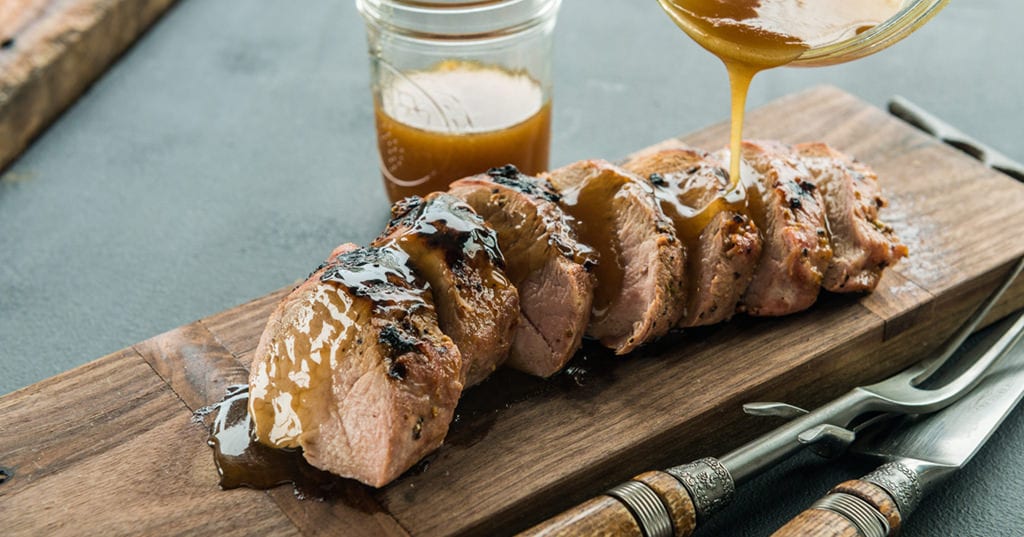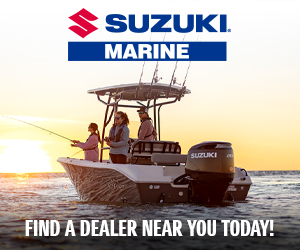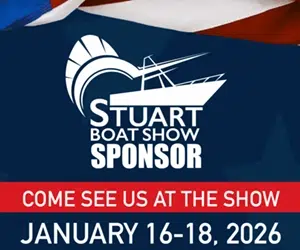Lifestyle
The tagline says it all: Southern Boating is more than a location; it’s a way of life! Boating is a lifestyle, and we’re here to show you how it’s done, the Southern Boating way. That means we care about the water that surrounds us, the people who support us, and the culture that fulfills us.
Cranberry Spritz
Cranberry Spritz Cruising during Thanksgiving? You certainly don't have to miss out on the feast! If you happen to be...
Read moreDetailsCranberry Vanilla Cake
Cranberry Vanilla Cake Cruising during Thanksgiving? You certainly don't have to miss out on the feast! If you happen to...
Read moreDetailsGreen Beans Amandine
Green Beans Amandine This simple but elegant dish is one the is a consistent crowd pleaser. Might have to do with the...
Read moreDetailsRelish and Liptaur Cheese Tray
Relish and Liptaur Cheese Tray Cruising during Thanksgiving? You certainly don't have to miss out on the feast! If you...
Read moreDetailsCorn Pudding
Corn Pudding Cruising during Thanksgiving? You certainly don't have to miss out on the feast! If you happen to be...
Read moreDetailsWorld Food Championships
World Food Championships in Orange Beach, Alabama Some 1,500 professional and home cooks compete for big money and national attention...
Read moreDetailsThe Legendary Captain Jerry Lewless
With more than seven decades of experience, Capt. Jerry Lewless is the ideal Exumas ambassador. Jerry Lewless is arguably the longest-running boat...
Read moreDetailsRed Tide Updates
Red Tide is a menace with no simple solution The infamous red tide algae on Florida's southwest coast has died or...
Read moreDetailsThe Fort Lauderdale International Boat Show
The 59th Annual Fort Lauderdale International Boat Show A new look will greet guests at the 59th Annual Fort Lauderdale International Boat...
Read moreDetailsA New International Seakeepers Milestone
The International SeaKeepers Society, Asia Educational Outreach program, has reached a key milestone hitting the 500-student participant mark since its...
Read moreDetailsHow to Make Your Yacht an LLC
Here's how to make your yacht an LLC and reap the financial benefits—as long as you pay close attention to...
Read moreDetailsHow do we eradicate lionfish?
Is it possible to eradicate lionfish from our waters? In the past couple of decades since lionfish really started taking...
Read moreDetailsTips from Superyacht Chefs
Step up your onboard entertaining with advice from culinary pros: Superyacht Chefs. A couple of months ago, my neighbors sent...
Read moreDetailsApple Crumble Bars
Apple Crumble Bars It's like apple pie without the hassle! These tasty Apple Crumble Bars will not last long. Everyone...
Read moreDetailsSheet pan pork with broccoli
Sheet pan pork with broccoli This tasty dinner is ready to eat in 45 minutes or less. It's perfect for...
Read moreDetails

